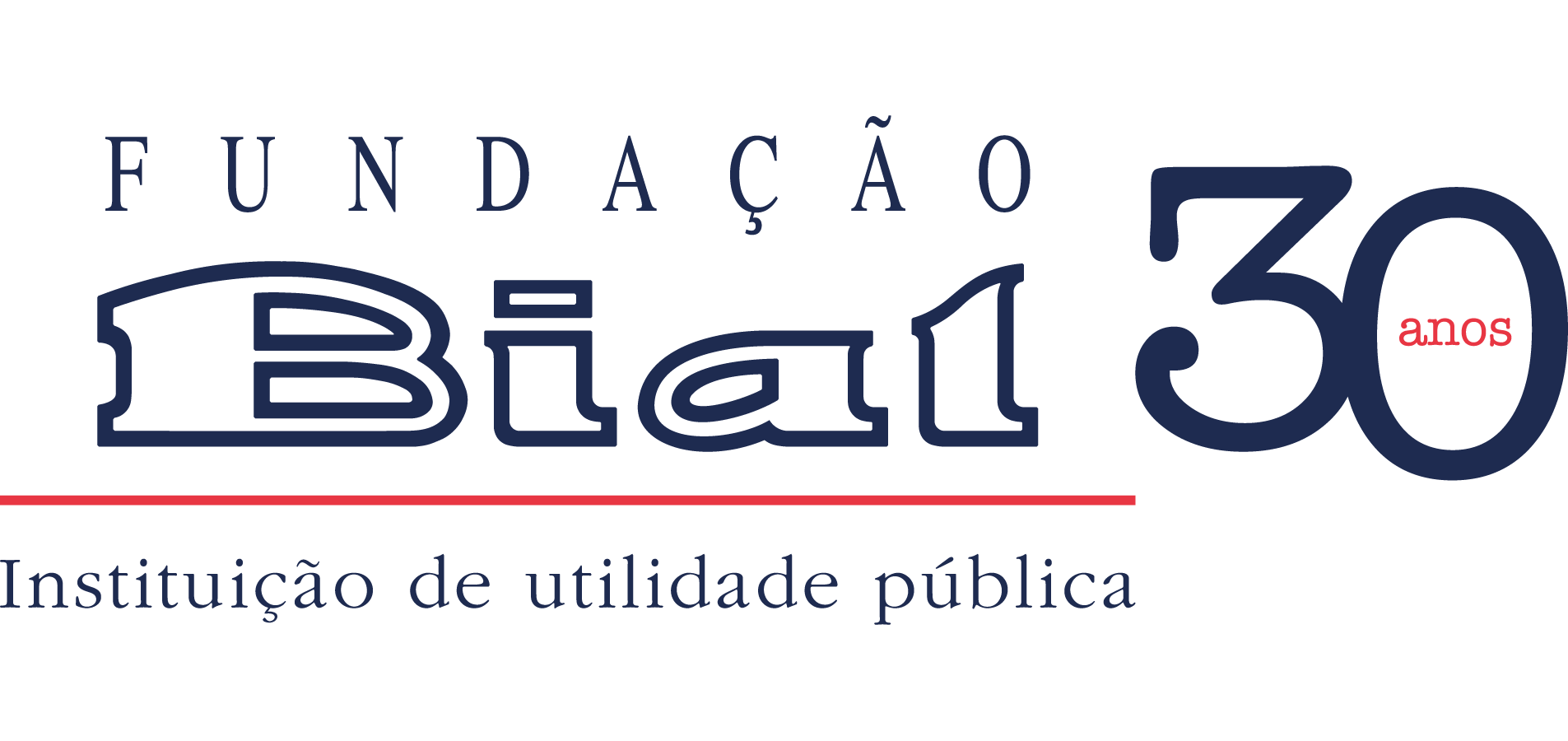No âmbito do projeto de investigação 347/18 - Driving synaptic plasticity in motor-to-visual neural pathways to enhance action prediction, apoiado pela Fundação BIAL, Alessio Avenanti publicou o artigo Neurophysiological Markers of Premotor–Motor Network Plasticity Predict Motor Performance in Young and Older Adults na revista científica Biomedicines. O estudo teve como objetivo avaliar se a plasticidade nos circuitos pré-motores prediz capacidades motoras manuais em jovens e idosos. Foram registadas as alterações nos potenciais evocados motores (PEM) durante um protocolo de estimulação magnética transcraniana (EMT), funcionando como um indicador da plasticidade da rede do córtex pré-motor ventral (PMv) e do córtex motor primário (M1). Os resultados indicam menor desempenho motor e menor plasticidade da rede PMv-M1 em adultos idosos. Adicionalmente, sugerem que os índices fisiológicos de plasticidade da rede PMv-M1 preveem a destreza e a velocidade das mãos em jovens e idosos saudáveis.
ABSTRACT
Aging is commonly associated with a decline in motor control and neural plasticity. Tuning cortico–cortical interactions between premotor and motor areas is essential for controlling fine manual movements. However, whether plasticity in premotor–motor circuits predicts hand motor abilities in young and elderly humans remains unclear. Here, we administered transcranial magnetic stimulation (TMS) over the ventral premotor cortex (PMv) and primary motor cortex (M1) using the cortico–cortical paired-associative stimulation (ccPAS) protocol to manipulate the strength of PMv-to-M1 connectivity in 14 young and 14 elderly healthy adults. We assessed changes in motor-evoked potentials (MEPs) during ccPAS as an index of PMv-M1 network plasticity. We tested whether the magnitude of MEP changes might predict interindividual differences in performance in two motor tasks that rely on premotor-motor circuits, i.e., the nine-hole pegboard test and a choice reaction task. Results show lower motor performance and decreased PMv-M1 network plasticity in elderly adults. Critically, the slope of MEP changes during ccPAS accurately predicted performance at the two tasks across age groups, with larger slopes (i.e., MEP increase) predicting better motor performance at baseline in both young and elderly participants. These findings suggest that physiological indices of PMv-M1 plasticity could provide a neurophysiological marker of fine motor control across age-groups.





























































































